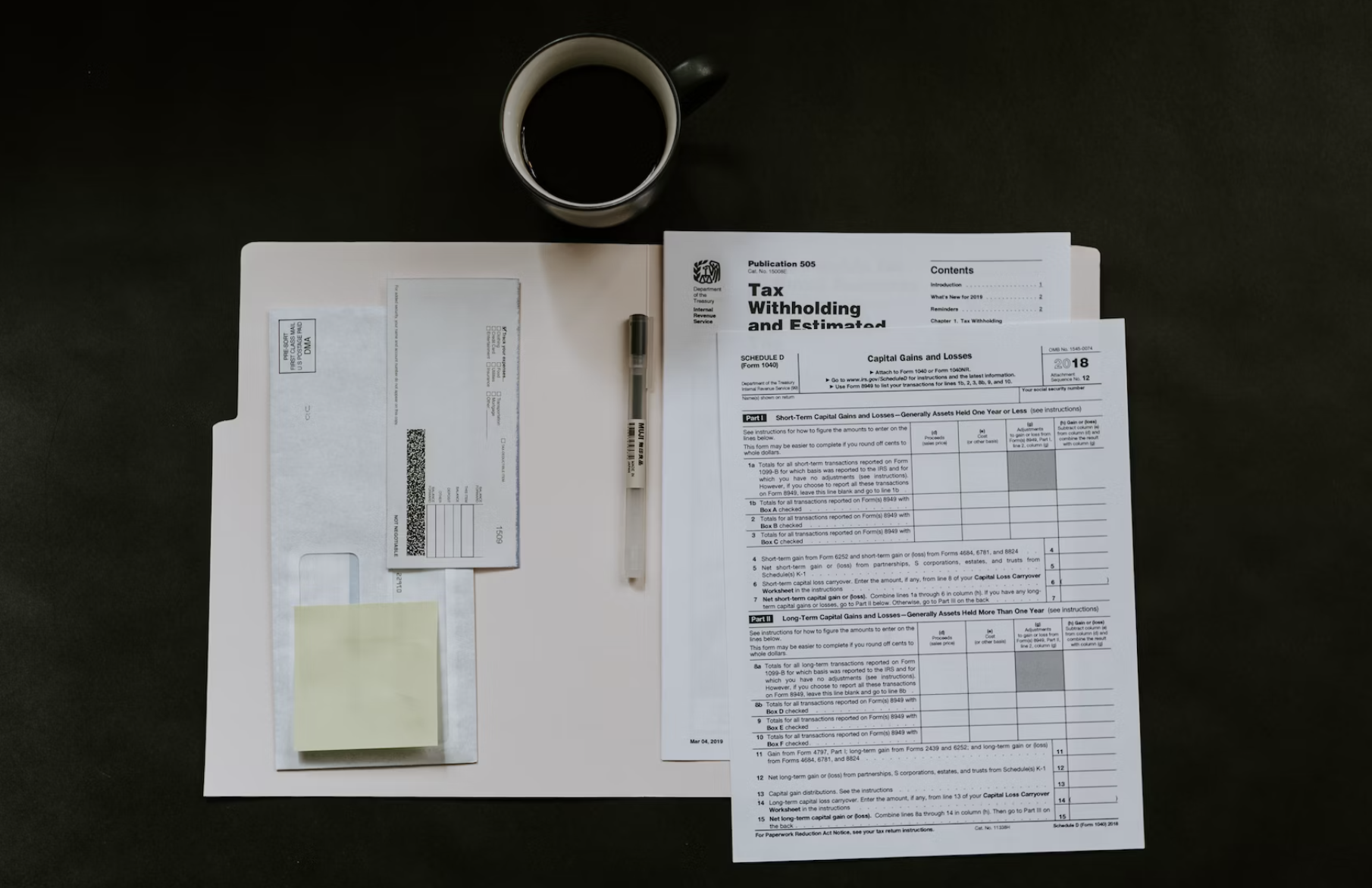The Build Back Better Act, in its current state, could allow millions of Americans to access premium-reducing tax credit who currently do not qualify. To understand why this is important, we need to go back to the beginning…
With the enactment of the Affordable Care Act (ACA) in 2010, Congress endeavored to expand health insurance coverage to as many Americans as possible, ensure that health insurance policies provide a comprehensive level of coverage, and to make it as affordable as possible. To meet the affordability goal, the legislation:
- Required States to expand their Medicaid programs so individuals and families with incomes below 138% of the Federal Poverty Level (FPL) could access Medicaid coverage; and
- Offered premium subsidies to individuals and families whose income is between 138% and 400% of FPL to help them purchase an “individual” market plan through an ACA Exchange.
However, on June 28, 2012, the Supreme Court ruled that Congress cannot force States to expand their Medicaid programs, but instead, States could expand Medicaid – as directed under the ACA – on a voluntary basis. To date, 38 States and the District of Columbia have voluntarily expanded their Medicaid programs, while 12 States have not (these 12 States are referred to as the “Non-Medicaid Expansion States” or simply “Non-Expansion States”).
The decision not to expand Medicaid has created what we now refer to as the “coverage gap” in these 12 states. Here, some individuals and families have incomes that are too high to be eligible for Medicaid coverage (because, for example, Medicaid eligibility is limited to 70% of FPL and below) and these same individuals and families also have income that is too low to be eligible for the ACA’s premium subsidies (because, for example, their income is below 138% of FPL). For these people, it is very likely that health insurance premiums may be unaffordable. Medicaid thresholds vary from state to state, so the degree to which specific state populations are affected by the coverage gap varies.
You are trying to load a table of an unknown type. Probably you did not activate the addon which is required to use this table type.
Which brings us to today. Throughout 2021, Congressional Democrats and the Biden Administration have been developing a social spending package (which is now known as the “Build Back Better Act” (BBBA)) that would, among other things, help individuals and families obtain some form of health coverage.
One particular proposal that was under consideration was creating a Federal Medicaid Program, which essentially would offer Medicaid coverage to individuals and families who are caught in the “coverage gap” in the Non-Medicaid Expansion States. This proposal, however, did not garner enough support to be included in the underlying BBBA.
However, as a replacement for this proposed Federal Medicaid Program, Congressional Democratic Leadership decided to amend the ACA to allow individuals and families whose income are below 138% of FPL to access the premium subsidies for the first time. If enacted into law, this would mean that individuals and families that fall into the “coverage gap” in the Non-Expansion States will now be eligible for the premium subsidies if they purchase an “individual” market plan through an ACA Exchange.
If the BBBA is enacted into law, the Congressional Budget Office (CBO) estimated that roughly up to 2.3 million more individuals would purchase an Exchange plan during the years in which this change in the law remains effective. This last point is important because the BBBA only allows individuals and families whose income are below 138% of FPL to access the premium subsidies through 2025, which means that unless Congress extends this provision for future years, individuals and families will lose their eligibility for accessing the premium subsidies in 2026.
While President Biden and Democrats are committed to enacting the BBBA, there continues to be lingering disagreements over the details of particular proposals in the Senate, including various tax provisions, paid family leave, and the extent to which the Federal government can negotiate the price of prescription drugs. The general consensus, though, is that the healthcare provisions will remain, while some of these other points are up for negotiation. Democrats are attempting to come to a final agreement, use reconciliation to bring the bill to the floor in the Senate, and eventually deliver the BBBA to the President’s desk – possibly by the end of 2021 or early 2022. Stay tuned.





